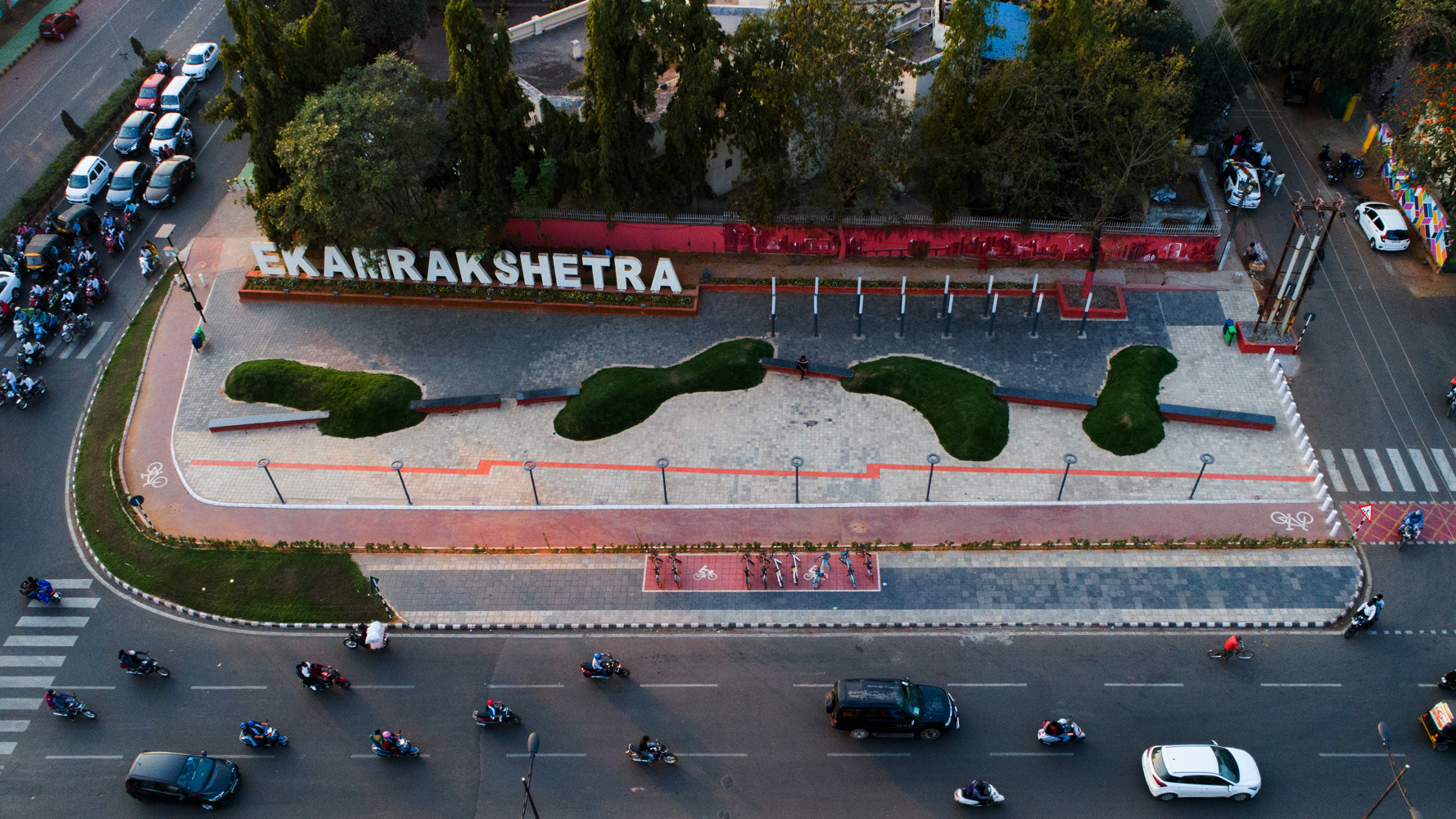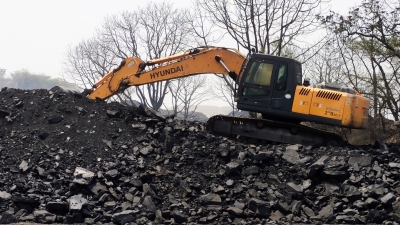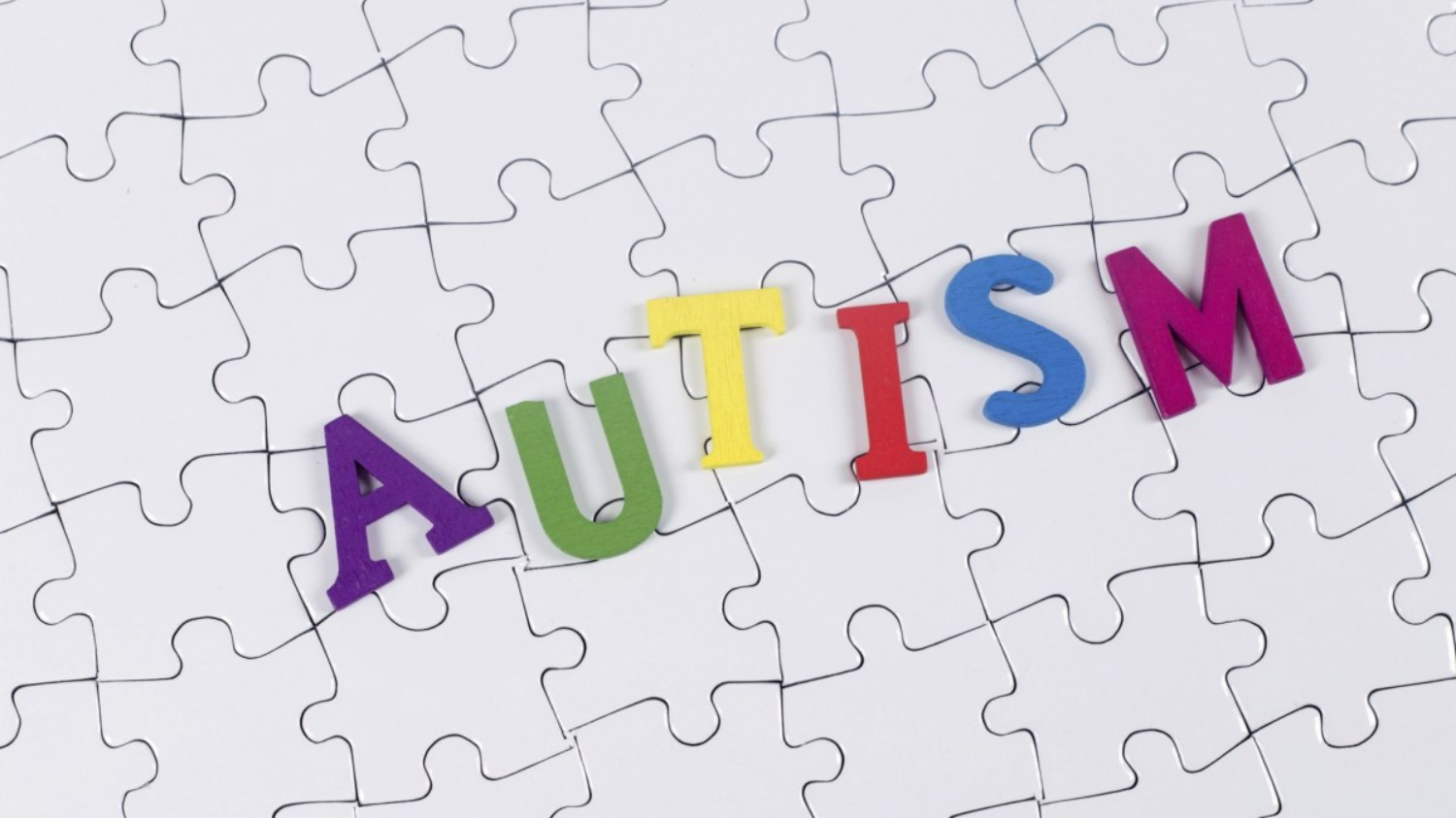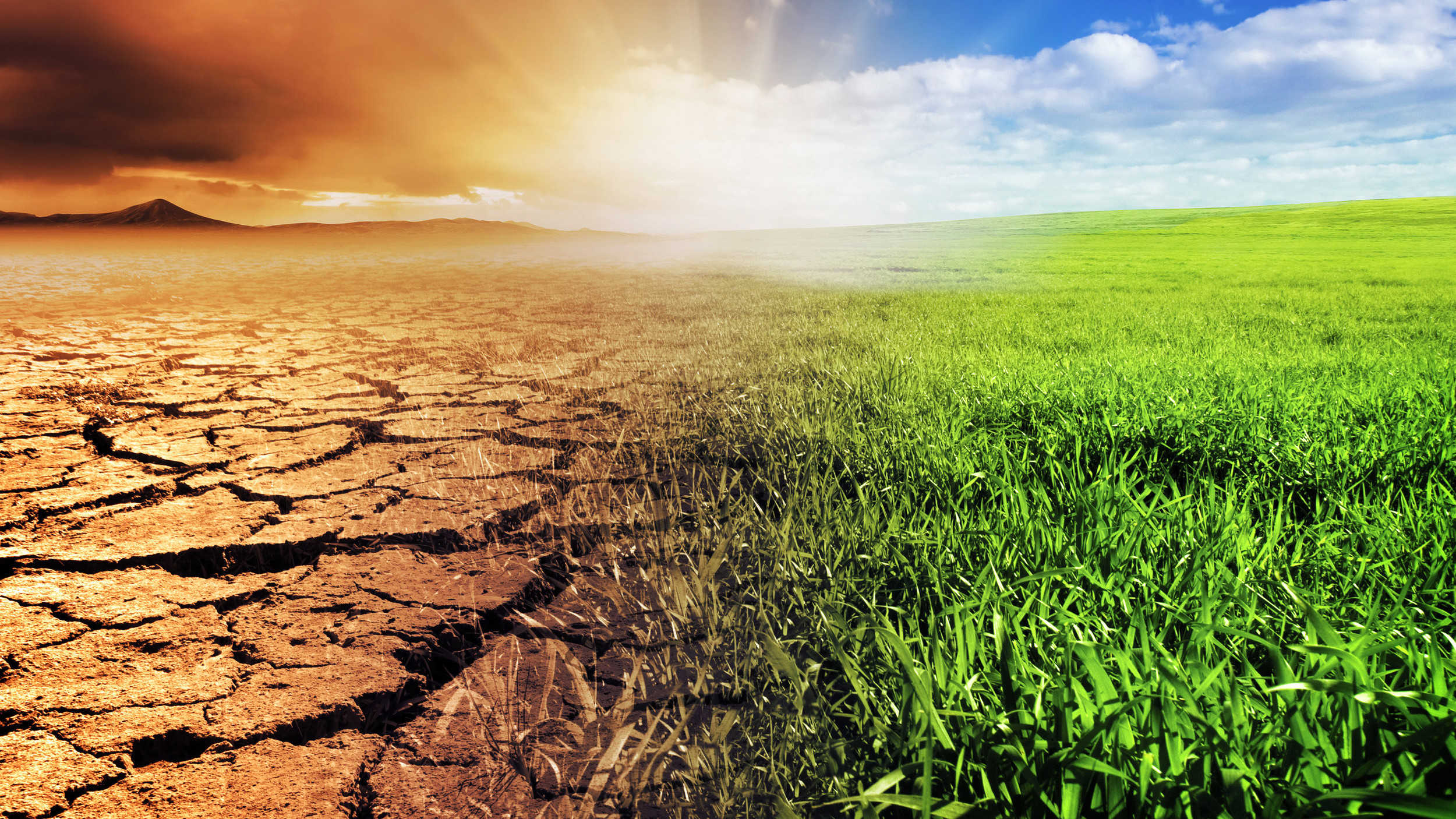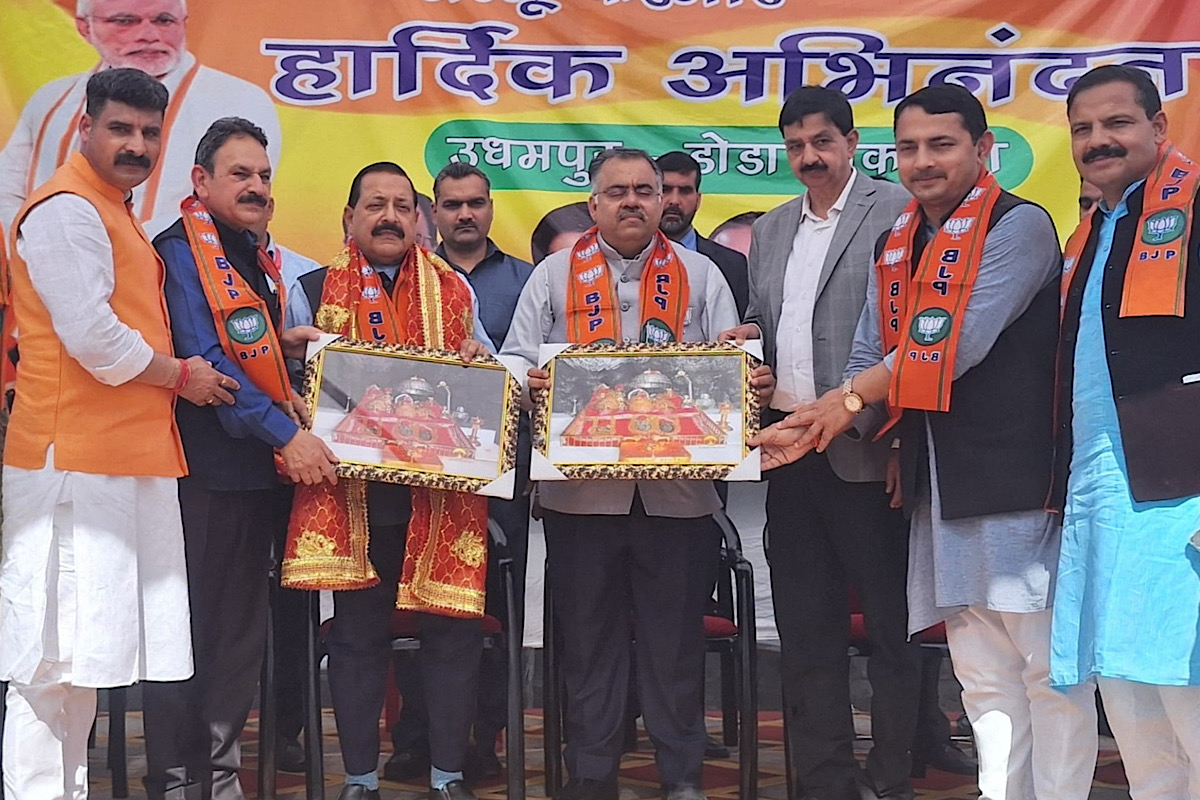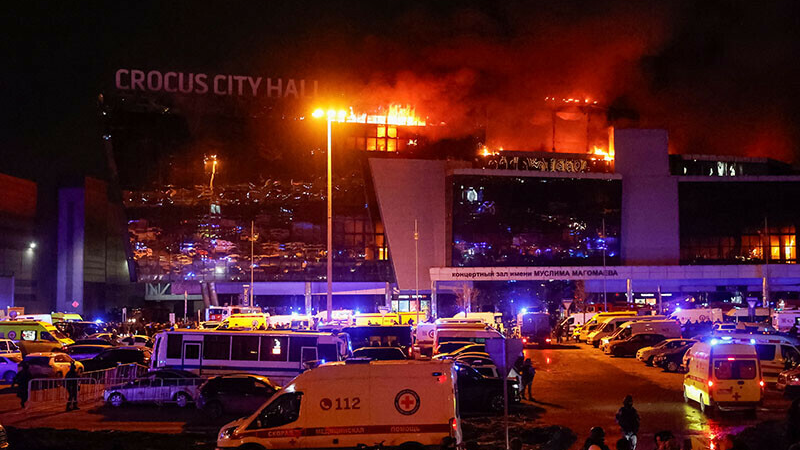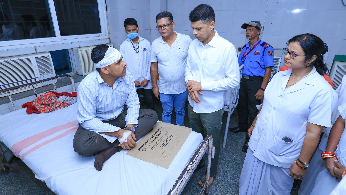Natural Catastrophe Insurance – I

Be it due to climate or seismological changes, natural disasters, and their seriousness are on ascent across the globe, adversely impacting human and economic development. Dr Manas R Das Global Position According to a 2018 report titled “Economic Losses, Poverty &Disasters” by the UN Office for Disaster Risk Reduction (UNISDR), 7,255 disasters occurred during the 20-year period, 1998-2017, comprising 91% of climate-related and nine percent geophysical disasters. During this period, these disasters killed 1.3 million people and left another 4.4 billion injured, homeless, displaced, or in need of emergency assistance. Geophysical events, mostly earthquakes and tsunamis, caused the majority of deaths, whereas floods, the climate-type, were the most frequent type of disaster. Value of direct economic losses reported by the disaster-affected countries zoomed by 121% to USD 2,908 billion during 1998-2017 from USD 1,313 billion during 1978-97, with the share of climate-related disasters increasing to 77% from 68%. Overall, during these two 20-year periods, reported losses from extreme weather events went up by a whopping 151%. As per the World Bank estimates the annual real cost of disasters to the global economy is astronomically high at USD 520 billion, with 26 million people being pushed into poverty. Besides, disasters hit most low-income countries. Indian Position India is vulnerable to almost all types of natural catastrophes. The major ones are floods, tropical cyclones, earthquakes, tsunamis, and droughts. Many parts are also routinely affected by landslides and hail. Almost the entire country is prone to floods caused by the two monsoons, cyclonic and local storms, and cloud bursts. Out of its 7,516-km coastline, an estimated 5,700 km are exposed to nearly 10% of the world’s tropical cyclones. Cyclones affect the east coast more than the west coast. India, a highly tectonically and seismically active region, is also prone to some of the world’s largest continental earthquakes. Over time, the vulnerability has been accentuated by fast and unplanned urbanization, not matched by civic facilities – regular and critical. Further, insurance penetration, in general, has remained woefully low, not to speak of insurance against natural calamities. All these have led to a large protection gap of80-90% or more between economic and insured losses. Ultimately, the country’s population, economic growth, environment, and sustainable development have been hampered. India figures among the top ten countries in the world in terms of frequency of natural disasters as well as absolute losses, which, during 1998-2017, stood at USD 79.5 billion, mainly caused by floods. The UN statistics indicate that floods cause over two-thirds of India’s economic losses due to natural calamities. It is also one of the top nations by the number of people exposed to natural calamities. Relief and Rehabilitation Today, nations being welfare States, it is their prime duty and responsibility to provide all types of reliefs to the affected people: starting from their evacuation to safe places prior to the predicted time of the disaster to their rehabilitation afterward. Chart 1 presents the revenue expenditure of the central and state governments over the years, which shows a galloping uptrend. Based on statista.com data (To be continued…) About the Author: Dr. Manas R. Das is a former senior economist of State Bank of India. He has over 30 years of experience as an economist in two large commercial banks. Academically, he is a gold medalist in Bachelor of Arts with Economics Honours from Utkal University, followed by Master’s in Economics from Delhi School of Economics and Doctorate in Economics from Gokhale Institute of Politics and Economics. He is also a Certified Associate of the Indian Institute of Bankers. He has won several awards, besides being a prolific writer.
Latest News

Microsoft invests $1.5 billion in UAE-based AI...

Mahindra unveils Bolero Neo+
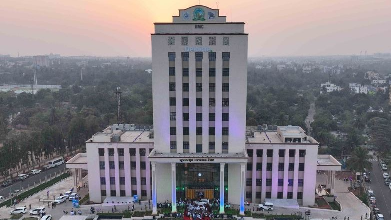
Bhubaneswar: BMC to create 3 new zones, add 6...
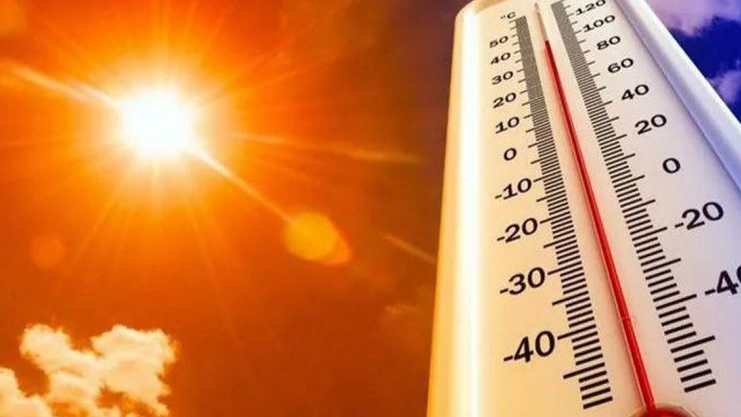
Six places in Odisha record temp above 40°C, B...

Rath Yatra 2024: Collector directed for speedi...

IIT-Bhubaneswar introduces two new MTech degre...

IPL 2024: Play 11 batters instead, Srikkanth t...
Copyright © 2024 - Summa Real Media Private Limited. All Rights Reserved.









